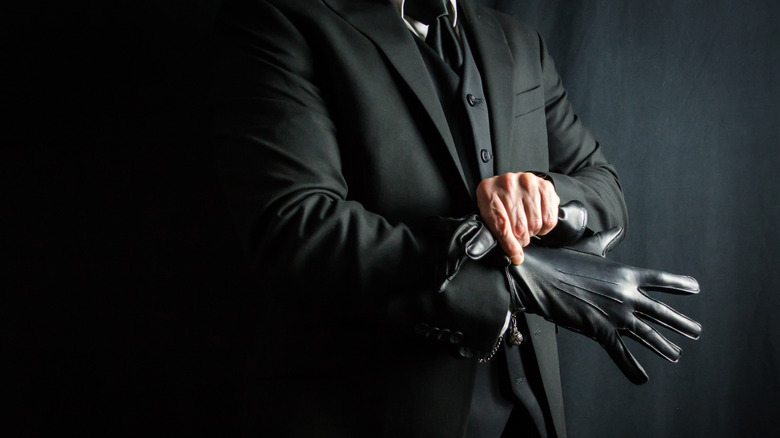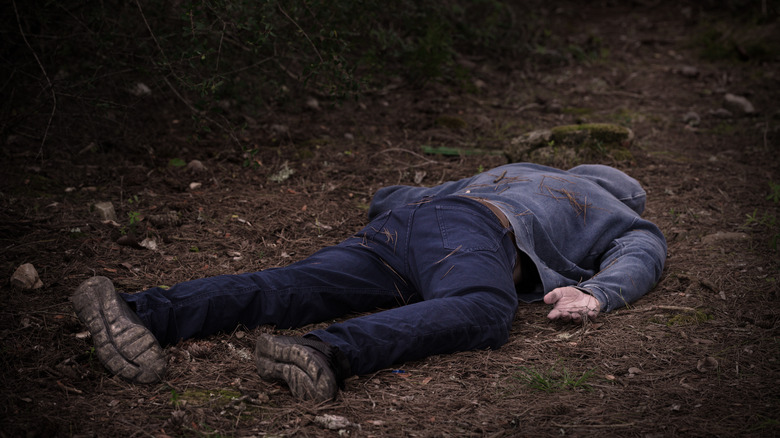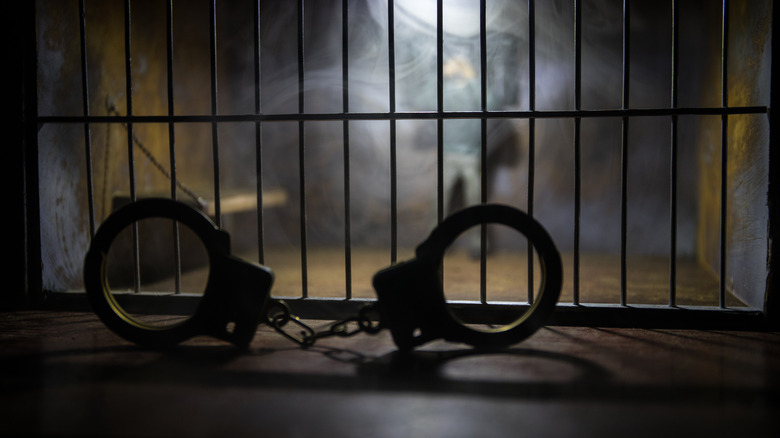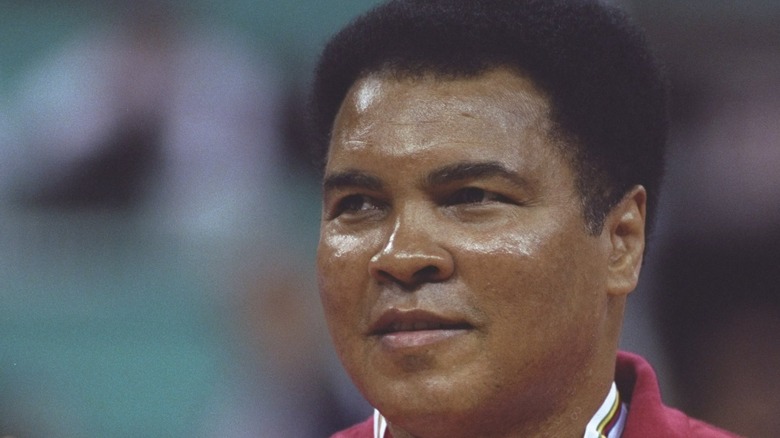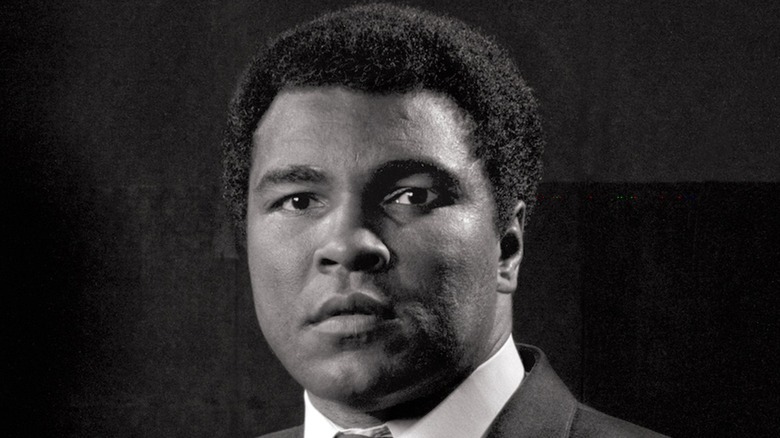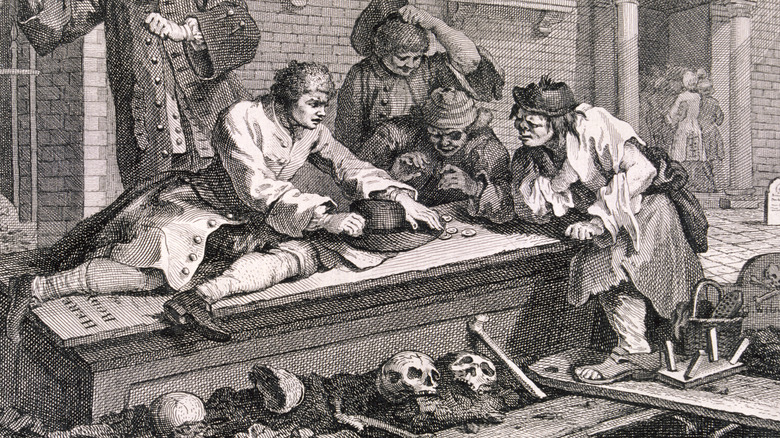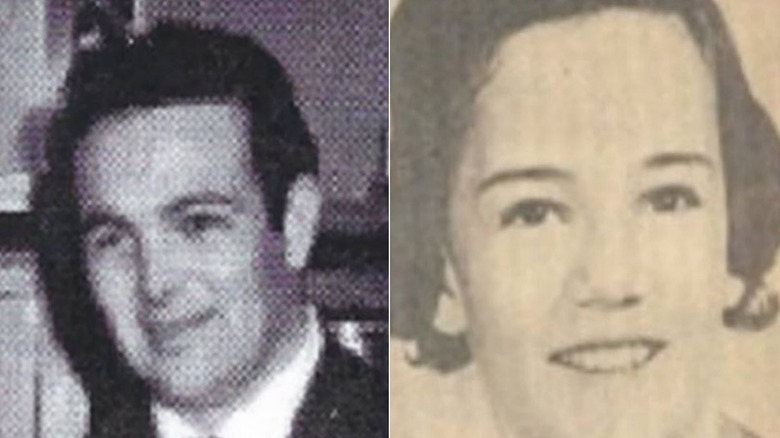
Chippendales: The Untold Truth Of Its Founder
The first thing that comes to mind when one thinks of Chippendales is the oiled up flesh of muscular dancing dudes that put audiences into a hormone-fueled frenzy while making the average joe feel unnecessarily inadequate. The name can be recognized in almost every household in the United States, and it’s been the subject of jokes since the business first took off. You can find Chippendales referenced in media of all types and, even better, you can still see the troupe perform in Las Vegas, according to the company’s website. But none of this would’ve been possible if it wasn’t for one man: Steve Banerjee, the man who first brought this visual buffet of male nudity to life.
You might expect someone who founded an exotic dancing troupe to have some sort of perverted side, but there’s not really anything that’s on the books that suggests that’s true. There are, however, plenty of sins that have been confirmed and will remain a part of Steve Banerjee’s legacy for as long as he’s remembered. Banerjee, at his core, was a money-hungry businessman, and like many greedy business owners out there, he’d do just about anything to ensure his wallet was as thick as it could possibly get. Not even the law would stand in the way of his fortune. This is the untold truth of the Chippendales founder.
An immigrant with big dreams
As a man who eventually owned an American business that would become known around the globe, you might assume that Steve Banerjee came from impressive beginnings, but he didn’t. He was what some might refer to as a self-made man. According to Think Magazine, he began his life in Bombay (now Mumbai) in the late 1940s. Back then, he was known as Somen Banerjee. He didn’t adopt the name Steve until he traveled over the big pond and landed in North America.
After a small stint in Canada, Banerjee came to the United States, a place still believed to fulfill the dreams of those wanting to make a name for themselves back then. And Banerjee had dreams. He was an entrepreneur looking to make his fortune however he could. The future millionaire went through several ventures before he found the one that stuck. He first owned a gas station, which the Hindustan Times says was a failure. Eventually, he moved on to a backgammon club. This too failed. It was beginning to look like Banerjee’s dreams weren’t going to lift off, but dreams can be a powerful thing, and once the Bengali immigrant landed on the right one, his fame and fortune were all but guaranteed.
Banerjee then opened a new club, one with all the facets that made other clubs in the area popular. He had music and half-naked bodies, but he did something crazy: he marketed it toward women instead of men.
The dance troupe he founded became the most famous of its kind
Now, male exotic dancers had existed before Steve Banerjee had his fate-changing idea for a new club, but they weren’t exactly common. As Slate points out, scantily clad male dancers had been around since at least the 19th century, but it wasn’t until the late ’70s that the idea began to turn mainstream. Female exotic dancers had been acceptable for some time back when men were still getting charged with indecency for taking off their clothes. But in less than a decade, the partially nude male went from being mildly illegal to Banerjee’s personal money-maker.
As the Chippendale’s website explains, the dance group’s name has become synonymous with the “Girls Night Out experience.” It all started when Banerjee opened his small LA club in 1979, which soon gave rise to a traveling troupe. Then came more clubs. Then the jokes, the media highlights, the money, and before anyone knew it, Chippendales was the biggest thing in a G-string and bowtie. With the success of the company came a million cultural references, from a joke cracked while spending dollar bills at the store to actors in romcoms hilariously stripping at inopportune times. And, more importantly, if it wasn’t for the fame amassed by this particular dancing troupe, there might never have been a “Magic Mike,” and that would have certainly been a pop culture tragedy.
Steve Banerjee didn't grow Chippendales by himself
Steve Banerjee may have had the entrepreneurial spirit that kindled Chippendales from the ashes of his failures, but the company didn’t reach fame under the founder’s guidance alone. As the dance troupe’s website mentions, Banerjee was the one to name it, after the style of furniture he used to decorate the first Chippendales club. But a good portion of the business’ growth was due to the man behind the dancers: Nick De Noia.
ABC says Banerjee hired De Noia to help him expand the business, and the Hindustan Times explains that De Noia’s job was to teach the dancers their trade. De Noia was the choreographer, and he hired and trained the dancers. He was also in charge of the touring troupe, which would turn out to be the aspect of the business that generated the most profit and, of course, exposure. The choreographer had a background in entertainment. He’d been a television producer at one point in his life, and eventually used those talents as a bargaining chip.
De Noia, as Think Magazine points out, bartered for rights to the touring troupe (the bigger money-maker) and half of the generated profits. He even sued Banerjee when the founder tried to put his own literal show on the road to skirt De Noia’s claims. Here’s the thing though: Banerjee would do anything for money, and De Noia was walking into some dangerous territory.
Steve Banerjee attempted to sabotage his competitors
The founder of Chippendales was somewhat of a mobster, even if he wasn’t the most skilled or organized of organized criminals. While male exotic dancers were becoming more socially (and legally) accepted, other businesspeople saw that the dough was rolling in for the Chippendales franchise. And what’s a better way to cash in on a hunky trend like male revues than starting one yourself? So, clubs began to pop up in the area, and Banerjee tried to have them razed by fire.
According to The Sun, Banerjee had a go-to guy for his crimes: one Ray Colon. Banerjee used Colon for just about every crime the Chippendales founder has been connected to. Initially, arson was the task at hand. But, as Think Magazine notes, Colon bungled at least one of the jobs while Banerjee dropped the ball on the other. The first was an attempt to burn down Moody’s Disco in 1979, which only sustained minor damage (Banerjee), and the other was an attack on Red Onion in 1985, which suffered virtually no damage at all (Colon). When it came to murder though, they had slightly better luck.
Steve Banerjee had his business partner murdered
Chippendales founder Steve Banerjee and the choreographer that brought the franchise to fame, Nick De Noia, didn’t exactly get along after De Noia obtained the rights to the troupe’s traveling performances. According to former Chippendales dancers (via ABC), even before things went bad between them, they couldn’t see eye to eye. De Noia wanted the performances to be masterful, whereas Banerjee believed it was the attractiveness of the dancers that made the big bucks. But disagreements like these, though they can certainly strain a partnership, look inconsequential when considered beside murder.
To have it all, Banerjee would have to take De Noia’s portion of the business, and that wasn’t likely to happen if he were still alive. The remedy for that was a simple one. Banerjee brought his old pal Ray Colon into the mix. Under Banerjee’s orders, Colon and accomplice Gilberto Rivera murdered De Noia. They drove to the New York Chippendales office, which Rivera entered by posing as a delivery man. He then pulled a gun and shot De Noia in the face, as Rare Entertainment details.
The killers got away before the police showed up on scene, and, oddly enough, nobody linked Banerjee to the killing for years, leaving him free to purchase the rights to the traveling performances from De Noia’s family for $1 million with a figurative smile on his face.
Shutting down copycats
Steve Banerjee’s attempts at burning down competing clubs didn’t work, but he was determined to reduce the competition. This time, Banerjee was going to use legal recourse to try to gain control of the monopoly of exposed man-flesh.
A cease and desist letter, as the Callahan and Blaine law firm explains, is what you send when you don’t want to pay a bunch of money to end up in court. Such letters are usually sent by an attorney in an attempt to get an entity to stop whatever act they’re doing that you believe harms you or infringes on your rights in some way, without having to do the whole judge thing. They are not a legal order that anyone is required to follow, but they were a tool that Banerjee loved to toss around in his day.
According to The Sun, now that Banerjee once again owned the rights to the traveling dance troupe, those cease and desists flew at every other male exotic dance company. He’d killed to have the top traveling troupe, and even if it took legal threats, he’d have the only traveling troupe. Unless, of course, one popped up that he couldn’t touch.
A UK dance troupe emerges
International law is a tricky thing. According to the American Society of International Law, true international intellectual property law doesn’t exist. Instead, international business is dependent on agreements between countries or niceties afforded by foreign governments. What did that mean for Steve Banerjee and Chippendales? Well, it meant his cease and desist letters were useless if, say, a troupe of male exotic dancers popped up in the United Kingdom.
That is exactly what happened. Chippendales already had a troupe that toured Britain, and to make matters worse, as the Independent notes, the competing local troupe, Adonis, had ties to the Chippendales founder’s late business partner, Nick De Noia. One of Adonis’ MCs was a former Chippendales employee, and everything about this 16-man dance revue was likely infuriating to Banerjee.
The Adonis group was actually an American company, but because they focused on British shows, it would have been very difficult, if not impossible, for Banerjee to touch them. And judging by the mobster-like moves he tried to use against them, he knew it.
Steve Banerjee was on a murderous roll
The number of people Chippendales founder Steve Banerjee had killed or put hits out on is uncertain. It’s likely not as many as an upper-level mobster in a crime flick, but it’s definitely more than your average businessman. To begin with, Banerjee ordered the hit on Nick De Noia. Next comes the revenge the Independent says he had planned out for the boys over at Adonis.
Apparently, Banerjee had put his buddy Ray Colon in charge of solving yet another problem of his. Instead of doing the dirty dead himself, Colon approached a man named Lynn Bressler and delegated the task to him. Bressler was supposed to knock two of Adonis’ business managers, Steve White and the Chippendales turncoat, Read Scot, in the back of the head with something heavy before injecting them with cyanide, and he was to do it for $25,000.
People explains that this was all part of a much grander scheme. Banerjee had plans to take out at least one other former Chippendales employee, namely former dancer Michael Fullington. Had Banerjee’s associates been any better at murder than they were at arson, there’s a good chance the Chippendales empire would’ve turned into a bloodbath. Regardless, even one man killed for the sake of profits is too many.
The FBI had a plot of its own
Little did Steve Banerjee know that his plot to kill the members of rival dance troupe Adonis was doomed from the start. See, according to the Independent, Lynn Bressler, the hitman’s hitman, was once an informant for the Drug Enforcement Administration, and he wasn’t about to tarnish his upstanding snitching career to murder a couple of oiled-up hunks.
At first, Bressler thought the whole plot could be some elaborate joke, or at least that’s what he claimed, but once the plane touched down in the U.K., he realized it was anything but. That’s when he got a hold of the FBI and let the agency in on the little conspiracy to commit a double homicide. People notes that Read Scot, one of the intended victims, was also informed of the plot against his life, but his job was to play it cool, and he did. He went about his life as usual, acting as if he had no clue that hitmen were after him. This allowed the plot to unfold, and in no time, the FBI had Ray Colon and another accomplice in custody. That’s not all. The FBI also had tape recordings of the two discussing the hit. It was time for Colon to come to a plea deal or face a long stretch in the pen.
The plot turns against Steve Banerjee
By the time Steve Banerjee ended up in a courtroom, the evidence against the Chippendales founder was strong. Multiple people involved in the various murder schemes had turned on Banerjee, including, according to ABC, his right-hand man, Ray Colon.
Once Colon was in custody, he dropped all loyalty to Banerjee. It was the only move he had left to shorten his sentence. The man Colon had hired to pull the proverbial trigger had already laid everything bare. At this point, Colon didn’t simply inform the FBI about Banerjee’s murderous dealings, but agreed to wear a wire and participate in a sting. The FBI’s plan was a bit more elaborate than anything Banerjee or Colon had come up with, which might be why the man behind Chippendales never saw it coming. They took Colon outside of U.S. borders and played up that he was a fugitive on the run. When the ruse seemed sufficiently convincing, they had the hitman call his old pal.
The pair met in Switzerland, where Banerjee had zero qualms with spilling his guts about nearly everything. He was recorded discussing his involvement in Nick De Noia’s murder, the scheme against the Adonis troupe, everything. And just like that, Banerjee joined his accomplices behind bars.
Steve Banerjee killed himself in prison
Successful criminals seem to have a playbook that helps keep them from getting locked up, and in that playbook are a couple of simple rules: Don’t talk about your crimes, and don’t admit to anything. The official council of successful criminals must have forgotten to send Chippendales founder Steve Banerjee his copy of that playbook because he did both.
Honestly, it would have been very difficult to deny his crimes in a court of law, since in one fell swoop, he managed to admit his involvement in several severe crimes to a wired man. Pleading not guilty wouldn’t have helped, so Banerjee pleaded guilty to racketeering, murder for hire, and a couple of arson charges, as the Los Angeles Times notes. He managed to get a few concessions in the plea deal though. He’d only get 26 years in prison, but he’d have to give up his stake in Chippendales in exchange for not getting a life sentence. More accurately, he would have been sentenced to 26 years if he’d made it to his sentencing hearing, but the Chippendales founder killed himself in his cell just hours before that could happen, according to The Washington Post. The authorities said he’d been suffering from mild depression while in custody.
If you or anyone you know is having suicidal thoughts, please call the National Suicide Prevention Lifeline at 1-800-273-TALK (8255).
Steve Banerjee was a surprisingly devoted family man
Steve Banerjee managed to do something selfless for his family right at the end of his life. The Sun says the Chippendales founder’s plea deal included his interest in the company transferring to his wife at his sentencing, while the LA Times says he was forced to relinquish ownership. If The Sun is correct, then Banerjee managed to negotiate a sizeable nest egg for his wife likely at the cost of some other benefit for himself. If the LA Times (and the Hindustan Times) is correct, Banerjee’s suicide prevented his stock in the business from being stripped away since he was never officially sentenced. This meant that his wife inherited the business upon his death.
Whatever the case may be, the people who knew Banerjee believed he was a devoted family man, who, as the Independent explains, was more worried about spending time with his family than he was about living a rich, lavish lifestyle. Of course, even if everything he did was to provide a better life for his family, it still doesn’t excuse the excessive number of crime he committed.
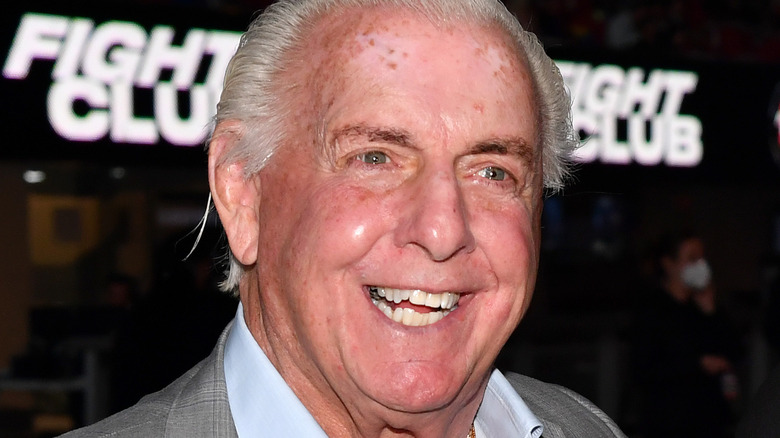
The Real Reason Ric Flair Is Leaving The WWE

The Tragic Real-Life Story Of Slayer

The Disturbing Details Discovered In Heath Ledger's Autopsy Report

The Untold Truth Of R.L. Stine

Messed Up Things That Happened At Woodstock '99

The Least Popular Rolling Stones Album Might Surprise You
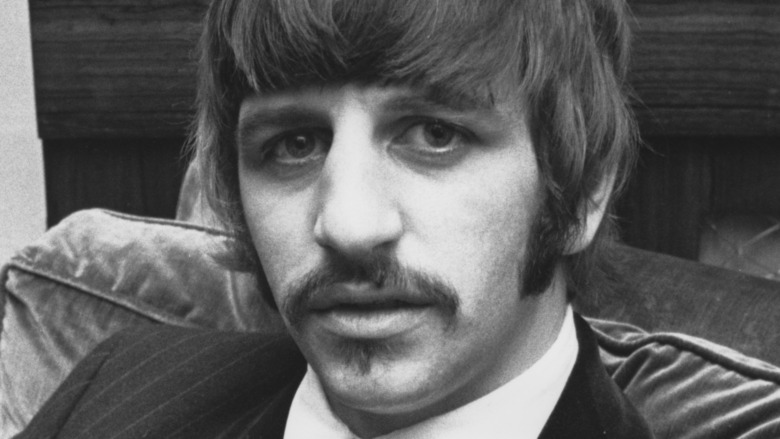
The Untold Truth Of Ringo Starr
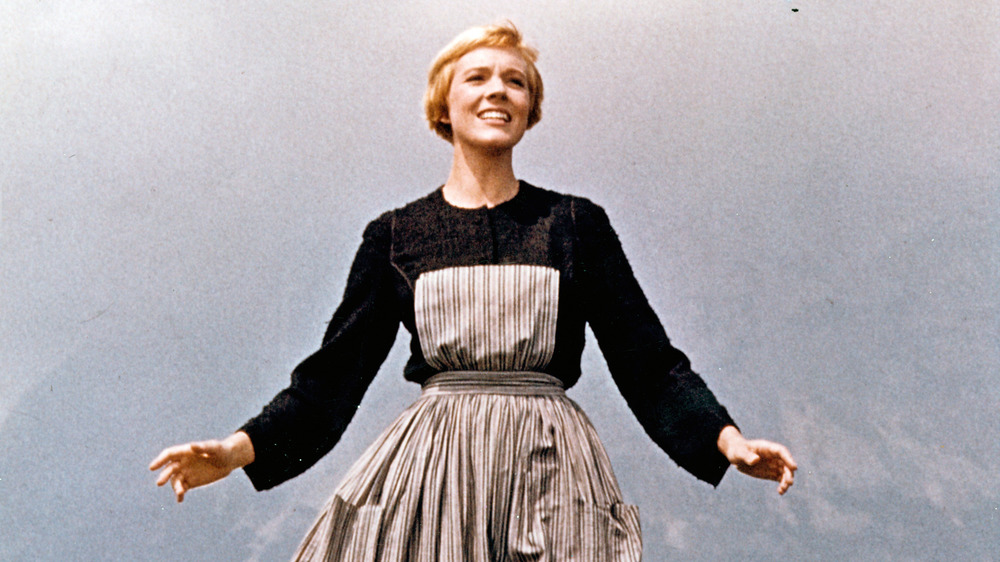
Things Only Adults Notice In The Sound Of Music

Why You Recognize The Song In Apple's Behind The Mac Commercial

Jacqueline Adan’s Life Changing Journey




